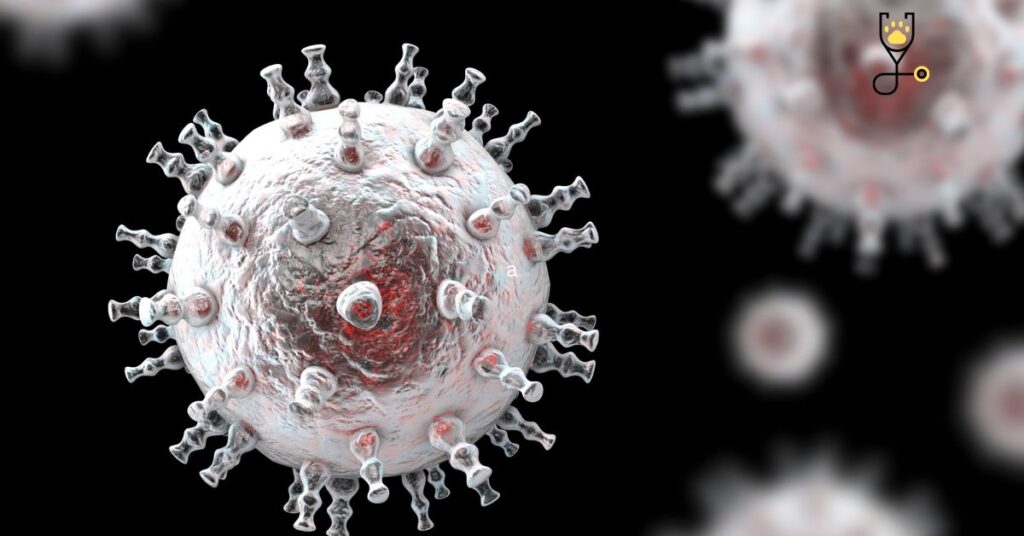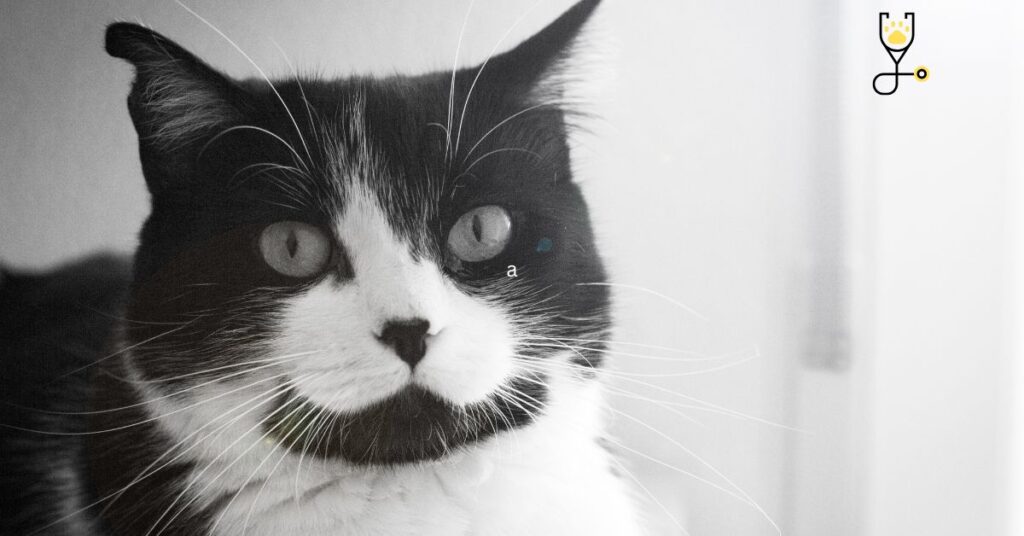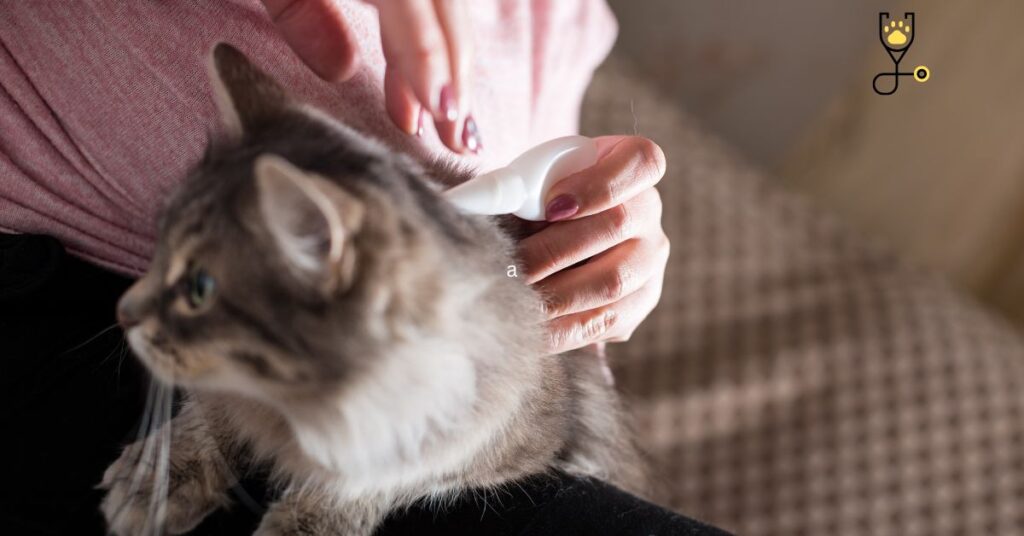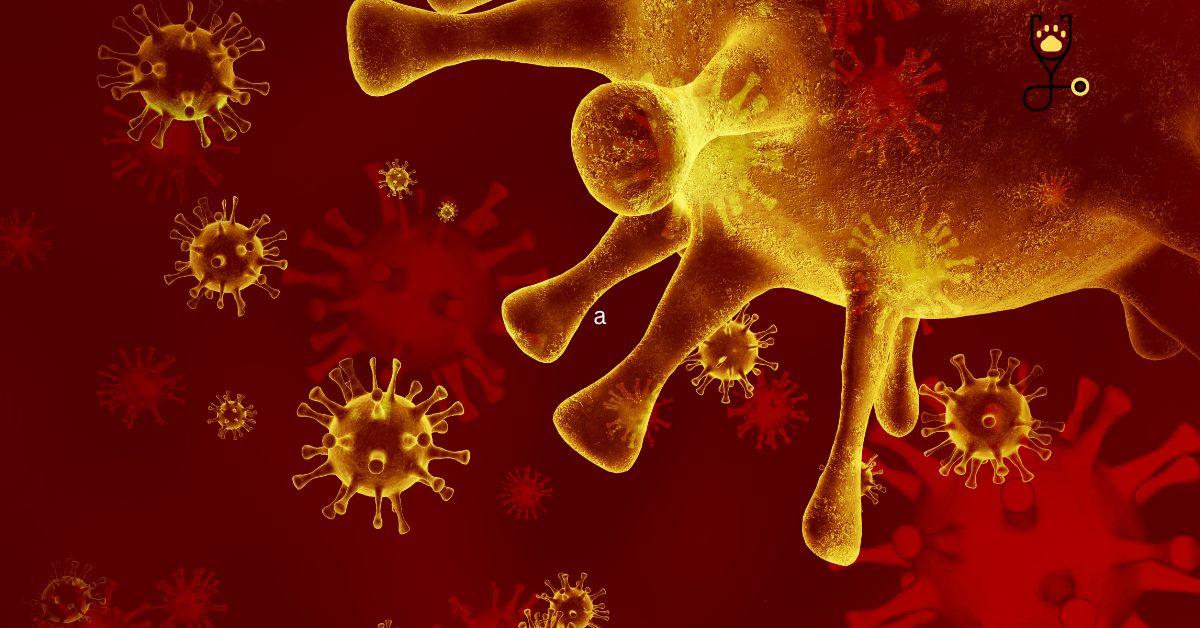Introduction
Most cats will at some point in their lives contract an infection. While many of these are mild and cause few if any symptoms, some can be quite serious. This post will introduce you to the most common infectious diseases in cats and what symptoms they cause. Knowing what to watch for can help you get your cat the treatment she needs as quickly as possible.
What is an infectious disease?
An infectious disease is any condition that is caused by the presence of a pathogen, such as a virus, bacteria, fungi, or protozoans. Infectious diseases can be spread in a number of ways, including through the air (by coughing or sneezing), direct contact with contaminated surfaces (such as food bowls or litter boxes), or even vector-borne transmission (through fleas or ticks).
The most common infectious diseases in cats
There are a number of different infectious diseases that can affect cats. Some of the most common include:

Feline herpesvirus-1 (FHV-1)
is the most common cause of viral upper respiratory infection in cats. The virus is highly contagious and is spread through contact with infected cats, often through sharing of food and water bowls or during close grooming sessions. Infected cats may show no signs of illness, or they may have a runny nose, watery eyes, and fever. In some cases, the virus can cause more serious respiratory disease, eye problems, or even death.
The virus is shed in saliva and mucus from the nose and eyes of infected cats, and it can remain infectious for up to 14 days. It is typically spread when an infected cat grooms another cat, or when they share food or water bowls. The virus can also be spread through the air, so an uninfected cat may become infected if they breathe in respiratory secretions from an infected cat.
Treatment
Treatment for FHV-1 is typically supportive and may involve the use of antiviral medications. However, there is no cure for the virus, and it can remain in a cat’s system for life. Infected cats should be isolated from other cats to prevent the spread of the disease.
Feline calicivirus (FCV)
is another common viral respiratory pathogen in cats. It is closely related to the human norovirus (the virus that causes “stomach flu” in people) and is also highly contagious. FCV is spread through contact with infected cats, often through sharing of food and water bowls or during close grooming sessions. Infected cats may show no signs of illness, or they may have a runny nose, watery eyes, and fever. In some cases, the virus can cause more serious respiratory disease, eye problems, or even death.
Treatment
Treatment for FCV is typically supportive and may involve the use of antiviral medications. However, there is no cure for the virus, and it can remain in a cat’s system for life. Infected cats should be isolated from other cats to prevent the spread of the disease.
Chlamydophila felis (formerly known as Chlamydia psittaci)
is a bacteria that infects the respiratory tract of cats. It is spread through contact with infected cats, often through sharing of food and water bowls or during close grooming sessions. Infected cats may show no signs of illness, or they may have a runny nose, watery eyes, and fever. In some cases, the bacteria can cause more serious respiratory disease, eye problems, or even death.
Treatment
Treatment for chlamydophila felis is typical with antibiotics. However, the bacteria can remain in a cat’s system for life. Infected cats should be isolated from other cats to prevent the spread of the disease.
Bordetella bronchiseptica

is a bacteria that infects the respiratory tract of cats. It is spread through contact with infected cats, often through sharing of food and water bowls or during close grooming sessions. Infected cats may show no signs of illness, or they may have a runny nose, watery eyes, and fever. In some cases, the bacteria can cause more serious respiratory disease, eye problems, or even death.
Treatment
Treatment for bordetella bronchiseptica is typical with antibiotics. However, the bacteria can remain in a cat’s system for life. Infected cats should be isolated from other cats to prevent the spread of the disease.
Feline immunodeficiency virus (FIV)
is a virus that attacks the immune system of cats. It is spread through contact with infected cats, often through sharing of food and water bowls or during close grooming sessions. Infected cats may show no signs of illness for many years, but eventually, they will succumb to infections and diseases that their weakened immune system can no longer fight off.
- There is no cure for FIV, and infected cats should be isolated from other cats to prevent the spread of the disease.
Feline leukemia virus (FeLV)
is a virus that attacks the immune system of cats. It is spread through contact with infected cats, often through sharing of food and water bowls or during close grooming sessions. Infected cats may show no signs of illness for many years, but eventually, they will succumb to infections and diseases that their weakened immune system can no longer fight off.
- There is no cure for FeLV, and infected cats should be isolated from other cats to prevent the spread of the disease.
These are just a few of the most common infectious diseases in cats. There are many others, including viruses, bacteria, fungi, and parasites. Some of these diseases are spread through contact with infected cats, while others are spread through contact with contaminated surfaces or objects. Still, others are transmitted by insects such as fleas and mosquitoes. The best way to protect your cat from these diseases is to keep them up-to-date on their vaccinations and to practice good hygiene, such as washing their hands after handling them and disposing of their waste properly. You should also take them to the vet for regular check-ups and immediately if they show any signs of illness.
How to Protect Your Cat from Infectious Diseases

The best way to protect your cat from infectious diseases is to keep them up-to-date on their vaccinations and to practice good hygiene, such as washing their hands after handling them and disposing of their waste properly. You should also take them to the vet for regular check-ups and immediately if they show any signs of illness.
In addition, you can help prevent the spread of disease by:
• Washing your hands after handling other cats or their belongings
• Not sharing food or water bowls with other cats
• Not sharing litter boxes with other cats
• Keeping your cat indoors to prevent them from coming into contact with other cats or contaminated surfaces/objects
• Keeping your cat’s claws trimmed to prevent them from scratching other cats or people, which can spread disease
• Checking your cat regularly for fleas, ticks, and other parasites, and taking steps to prevent them from becoming infested
With these precautions, you can help keep your cat healthy and safe from the dangers of infectious diseases.
Prognosis
The prognosis for cats with infectious diseases depends on the specific disease and how early it is diagnosed and treated. Some diseases, such as feline leukemia virus (FeLV) and feline immunodeficiency virus (FIV), are incurable and often fatal. However, many other diseases can be cured with early treatment. For example, most bacterial infections can be treated with antibiotics, and most viral infections will run their course within a few weeks to months. Therefore, it is important to seek veterinary care as soon as you notice any signs of illness in your cat.
Conclusion
There are many types of infectious diseases that can affect cats. Some, such as feline leukemia virus (FeLV) and feline immunodeficiency virus (FIV), are incurable and often fatal. However, many other diseases can be cured with early treatment. The best way to protect your cat from these diseases is to keep them up-to-date on their vaccinations and to practice good hygiene, such as washing their hands after handling them and disposing of their waste properly. You should also take them to the vet for regular check-ups and immediately if they show any signs of illness. With these precautions, you can help keep your cat healthy and safe from the dangers of infectious diseases.







